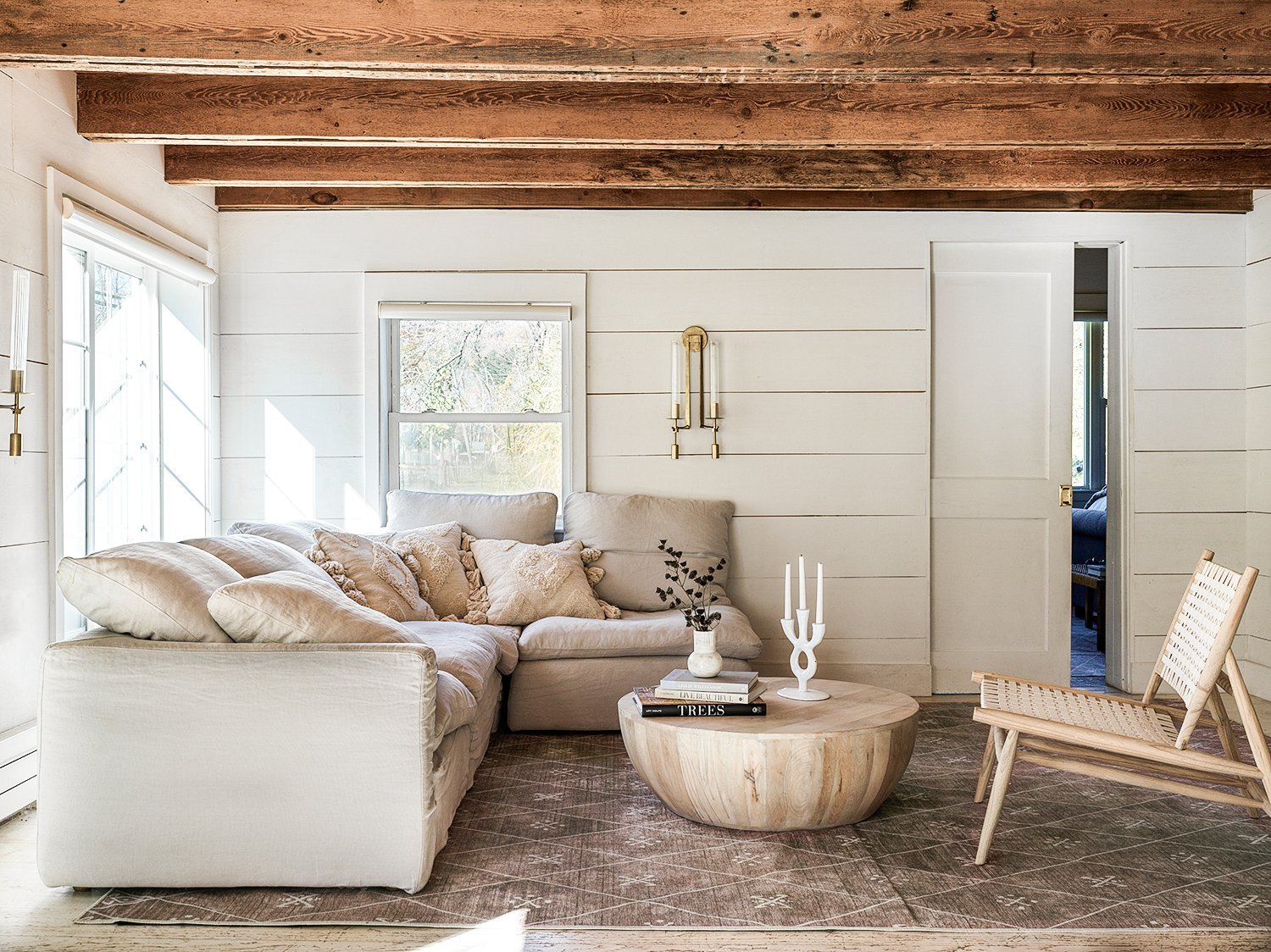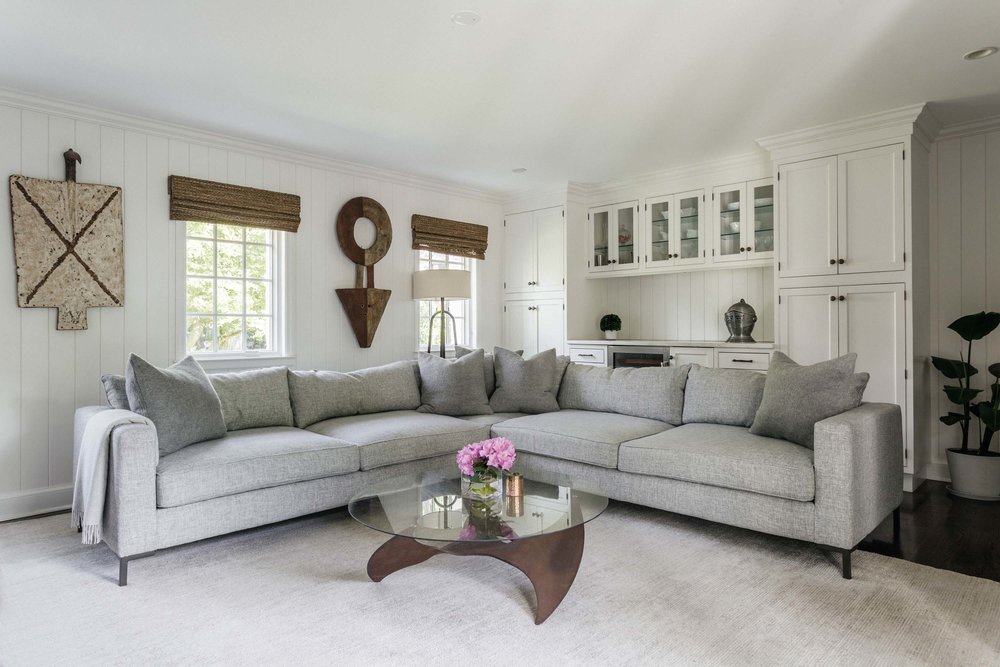How to Select Functional and Stylish Window Treatments for Your Home
Window treatments, though seemingly minor, play an important role in interior design. They have important functional and aesthetic roles. They regulate the amount of natural light in a space and allow for privacy. They also make the difference between a perfectly polished home and an interior that feels incomplete.
When it comes to buying window treatments, it can feel like there is an endless array of options. From curtains, shades, and blinds with different opacity levels, colors, and styles. How do you know which ones to choose?
Art Home Garden
If you’re feeling overwhelmed by the selection of window coverings out there, then we’ve got you covered with the AHG Interiors guide to window treatments.
What to Consider When Choosing a Window Treatment
Before you decide what type of window treatments you’ll want to incorporate throughout your home, you’ll want to consider some important questions to make sure the window coverings will meet your functional and aesthetic needs. Ask yourself questions like:
What’s the purpose of the window treatment? Is it purely aesthetic? Mainly functional? Or both?
How much is light a factor?
What is the style and shape of the windows?
Do the windows need to open?
What is the style of your home?
What sort of privacy level do you need?
Do you want to incorporate the same type of window treatments throughout your home or mix it up a little?
Do all your windows need coverings or only certain rooms?
Once you have answered these questions you’ll be in a better position to select the type of window treatments that’ll work best for you.
Camila Home
Window Treatment Types
In this next section, we’re reviewing the four main categories of window treatments: shades, blinds, shutters, and curtains/drapes.
Shades
Shades are a classic design choice and are made of fabric or woven materials including cotton, linen, polyester, bamboo, or vinyl. They're a single panel of material that will either roll or fold up vertically. You can find them in different thicknesses to either block light completely or let some light in.
There are five main types of shades:
Roman Shades: A classic and versatile design choice, roman shades fold up like an accordion, with curving folds or soft pleats. Usually made of thicker fabrics they’re great for blocking out light.
Roller Shades: For a modern clean aesthetic, you can’t go wrong with roller shades. They’re made from one piece of material and roll up around a tube at the top of the window. You can find them in a wide range of colors and patterns, but when in doubt white or off-white are great options. Depending on the fabric type and thickness, they also block out light well. Solar shades, which block UV light, are eco-friendly and perfect if you want to protect your furnishings from too much direct sunlight.
Art Home Garden
Woven Shades: Also known as natural shades, woven shades are made from natural materials. They’re a great way to add an organic element to your home design. You can find them in woven bamboo, jute, or grass materials and they can be installed in different formats, like a rolling shade or a folding roman shade.
Cellular Shades: Cellular shades are made of at least two panels that are threaded together giving them a honeycomb-shaped design. This shape allows them to trap hot or cold air, regulating the room temperature. They’re great for helping create an insulated energy-efficient home. They also come in a range of thicknesses from sheer to black-out varieties.
Pleated Shades: Pleated shades aesthetically can look similar to cellular shades, but don’t have the same insulation or honeycombed design. They can be found in small or larger pleated designs.
Art Home Garden
Blinds
Often confused with shades, blinds are made with harder materials like vinyl, metal, wood, or bamboo. Unlike shades which are made from a single panel of material, blinds are made up of slats. Blinds give you great control over the amount of light and air you let enter a room.
There are three main types of blinds to choose from:
Venetian Blinds: When you think of traditional blinds, you’re probably thinking of Venetian blinds. They’re made up of horizontal slats that can be raised, lowered, and titled. They're extremely versatile and come in a wide range of materials, colors, and sizes. Unlike other window coverings, these blinds are suitable for any room in your home.
Marta Stewart
Vertical Blinds: Vertical blinds, just like the name sounds, are made up of long slats that are hung vertically. Rather than pulled up or down, they’re swept from left to right. They can be tilted to let some light in or be fully closed and are meant for larger glass doors or windows.
Panel Blinds: For a more modern and dramatic look, you may be interested in panel blinds. They’re similar to vertical blinds, but rather than long thin slats they’re made up of wider panels that slide back and forth and overlap. They can be found in an array of materials, colors, and patterns.
Dwell
Shutters
Shutters offer a traditional classic look to your home. They come in the same materials as blinds and can be similar to Venetian blinds aesthetically, but they’re fitted to the window frame and can not be pulled up or down. Instead, they often have a rod or a method of opening and closing the slats.
Another key difference between blinds and shutters is that because they’re fitted to each window section, you can have some shutters open and others closed for more light control.
Art Home Garden
Curtains and Drapes
People often get curtains and drapes confused as they are very similar. So what’s the difference? Curtains are typically made from a lightweight material, like cotton or polyester while drapes are made from lined and heavier fabrics like silk, velvet, linen, cotton, or polyester. Drapes are often pleated and more formal. Curtains come in sheer or semi-opaque options depending on how much light you’d like to let in and your privacy needs.
In general, curtains tend to have more of an aesthetic purpose, while drapes are more functional to block out light and offer more privacy. Many times curtains and drapes can be layered so you get the best of both worlds.
You can also mix curtains or drapes with shades or blinds to create a fun layered look and have more lighting options.
Art Home Garden
More Tips for Choosing Window Treatments
Now that you know more about the wonderful world of window coverings and the different types available, you might have a better idea of what will work in your home. But before you start buying, we have a few more tips for you to keep in mind:
Measure your windows and the surrounding space carefully, so you order the correct size
Choose the right treatment for each room, depending on the room’s functional and aesthetic needs
Color should be in line with the color scheme of the space
Many window treatments are custom-made to fit your window and room specifications, so allow for fabrication time
Art Home Garden
Need professional help designing your space? Then think about hiring an interior designer to guide you through the design process and help you with the tough decisions, like which window treatments to choose. AHG Interiors is a full-service interior design firm based in the Catskills and NYC. We also offer virtual design services, so we can service anywhere. We create custom design solutions tailored to your individual needs and lifestyle. Let us create the home of your dreams! Get in touch with us today to get started.









